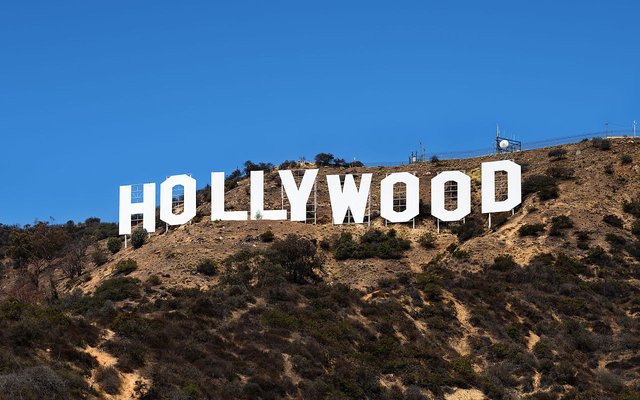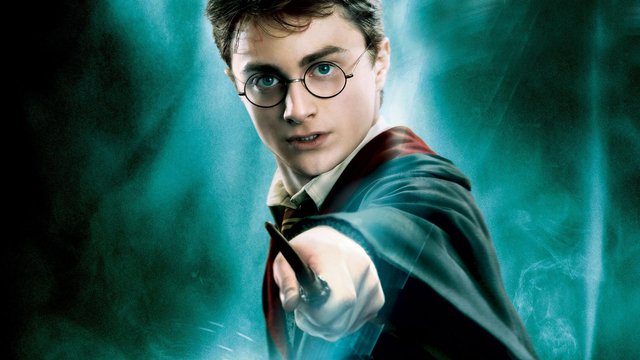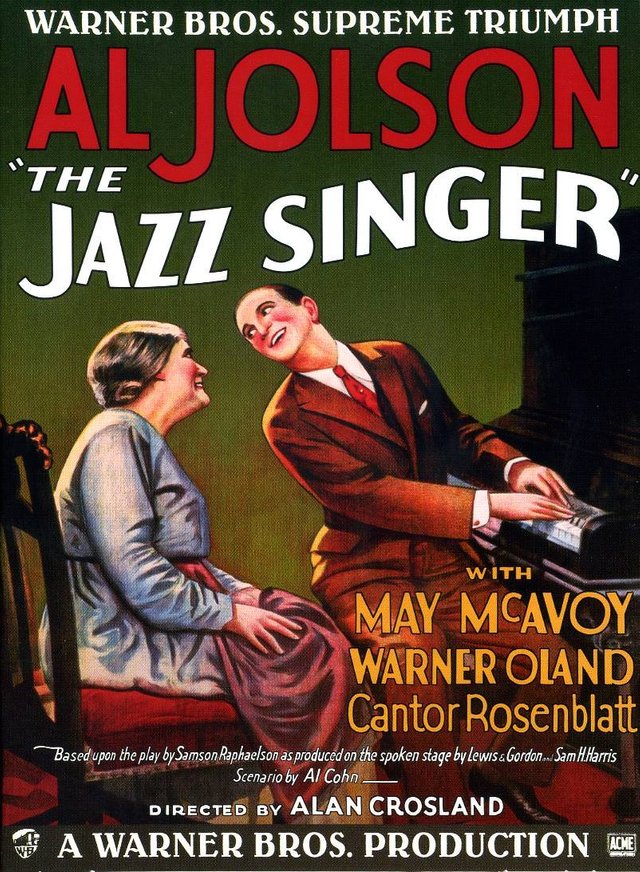ADSactly Music - Behind the Sound - ADR
ADSactly Music - Behind the Sound - ADR
Don't believe everything you hear.
More often than not, many of the voices that you hear coming at you through the silver screen, usually in big blockbusters, get re-recorded in big-budget recording studios in a process called ADR.

Photo by Erkan Utu from Pexels
ADR
ADR stands for Automated Dialogue Replacement, and is a process in which the actor or actress, in a dubbing studio, watches a clip of the performance they are meant to replicate, and attempts to re-record it, while matching the emotional performance of the day, as well as the lip sync. As the years roll by, the tools that sound engineers can use in order to speed up the process have gotten more sophisticated, but it is still a time-consuming and difficult process. Knowing that, why is it done at all? Lets get to that in a round-about way.
Hollywood (and many other major production areas) productions can afford impressive sound stages, where sets are built and designed indoors, with acoustics and sound-proofing as one of the characteristics that are taken into consideration. On a beautifully built sound stage, there is a level of assurance that the audio that is being recorded during the filming of a production is clean and without any serious outside noise pollution, such as traffic, people, or more commonly on sets - generators.
Still, there are things that can go wrong.
The boom swinger could be aiming the mike slightly off the actor and the resulting sound could be more "room" sound than "direct" sound. One of the many crew members could have been doing some work nearby that resulted in spill-over onto the microphones. There could be problems with the equipment itself. Sometimes, the director even feels like he needs to verbally direct the scene, knowing full well they'll need to ADR the audio afterward.
Or, it could be a creative decision that during the editing of the film, they decide to add a line of dialogue over a scene in order to make it work better. They'll usually use a shot where the lips of the actor or actress aren't visible to avoid the obvious sync issue that would arise.
Harry is that you?
The story goes like this: During the production of one of the Harry Potter films, Daniel Radcliff, then 12 years old, suffered the fate that befalls most teenage boys as they come of age. His voice started breaking during the middle of production. A frantic search broke out to find a voice-alike that could re-read the parts of Harry in studio, which lead them to Joe Sowerbutts, who, according to this story: voiced several scenes for Daniel.
Unfortunately, this seems to be nothing more than an urban legend (thanks Guardian), as a spokesperson from Warner Bros rubbished these claims as untrue. Damn!
The Not-So-Great Gatsby
Once you have something pointed out to you, the illusion falls away. Take a moment to look at the following video, which is an excerpt from "The Great Gatsby", and draw your attention to the audio when they are driving. Now, obviously this scene got shot in two ways (at least) - in one they shoot them driving down the road, in another, they have a car on a trailer that can house all the mountings for the cameras and lights so they can shoot the close-up shots. In both of these situations, it is impossible to take "clean" audio. There will be tonnes of background noise, particularly on a bumpy road like this. Obviously, this scene needed to be ADR'd. Unfortunately, it is a fairly poor job. Not only is some of the lip sync out, but the dialogue audio feels disconnected from the scene.
Logan
Look no further than Hugh Jackman for some stellar ADR performance. You can really see Hugh giving everything to the scene, which must be an incredibly difficult task in such a sterile environment. But, the results are without reproof.
On-set audio
Here's a great "before/after" comparison between some noisy on-set audio and a lovely, clean ADR'd production. Unfortunately, the hiss you hear on the first bit of audio is often the reality that some of us sound engineers have to work with, and in many cases, the production hasn't the time or money to go through an ADR process.
To some reading this, this may sound alot like cheating. Why not get the audio right on the day? Well, that's often impossible. Post-production on films is a massive part of a film's budget, and if ADR is cheating, so are the visual effects they lay in afterwards. ADR is a valuable and important tool in the film-maker's arsenal, beacause at the end of the day, what is the intent of the film make? To draw the viewer into their world and suspend their disbelief in the reality of what they are immersed in.
A Brief History
In the early days of film, the medium was restricted the kinds of technologies that were available at the time. The first film to be released with sound, called a "Talkie" was The Jazz Singer in 1927. It was created with Vitaphone, which was the the first successful, commercial product that would allow film makers use sound on disk. Invented by telphone giant Bell / AT&T, the technology was purchased by Warner Bros, which catapulted their stock up by a whopping 600%. This is not to say there weren't already sound-on-disk experiments and technologies in play prior to this. Thomas Edison was experimenting with synchronizing sound to film before the release of the Vitaphone technology, and there were others, but Vitaphone was a marked commercial success with The Jazz Singer grossing $100000 per week in each theatre for an entire year.
Suddenly, the idea of sound on film exploded throughout the world, and there's nothing like a huge demand to spur on new technologies.
The first film to really start using a process that we call "dubbing" or "mixing", is generally credited to Rouben Mamoulian's Applause in 1930. Back then, the sound consoles had 4 channels to play with, which started freeing up film makers and sound mixers to become more creative. Without getting into a complete history of sound in film, suffice it to say that the technical capacities of film studios increased over the years, converting from one medium to another, allowing sound engineers to "drop" certain lines in, whereas before you could only do the entire sound track in one long pass of the film.
And so, ADR was born.
Marlon Brando in The Godfather apparently mumbled his way through his scenes so that he could have the freedom of deciding on his actual lines during the dubbing / ADR phase of production as he didn't like the idea of locking down the scipt until he could see the context of the scene in the edit.
In Star Wars, Darth Vader, played by David Prowse, was of course voice by James Earl Jones, and what an incredibly creative decision that was that added to film-goers' love for the films.
It is entirely possible for ADR to add depth and meaning to a story, as long as film makers work had at making sure that the audio blends well with the scene and doesn't break the illusion, the suspension of reality that we all hunger for.

Vote @adsactly-witness for Steem witness!
Witness proposal is here:
Witness Proposal
Go To Steem Witness Page
In the bottom of the page type: adsactly-witness and press vote.

Thank You
Witness proposal is here:
Witness Proposal
Go To Steem Witness Page
In the bottom of the page type: adsactly-witness and press vote.

Thank You
In the bottom of the page type: adsactly-witness and press vote.




Interesting article. I work in film as a sound mixer, adr mixer and recordist and final dub mixer quite often. I find ADR is in 85% of movies now (more like 95%). The issue is with the genuine performance of the actor on set vs. the actor in post. If they are in a cold pool, blood on their head vs in a studio pretending to be struggling you don’t really get that. It is a way to get clean audio, but much of the time you can get that on set with quality mic placement. Anytime you hear an actor whispering though, or with a boomy voice, that’s ADR! Thanks for writing about this subject as I bet not many people knew about this. I always think the name Automatic is so silly, as the process is the COMPLETE opposite and it’s so painstaking. I’m a sound mixer that vouches for the best on set and when impossible fill ADR, but I prefer filling it with the same mic it’s filmed with (not the vocal mic in the image above) but like a boom mic or at very minimum the same lav. Great stuff!
Amen to everything you said there. I also work in audio post and agree that ADR is more often used to fix issues from the day, but wow, it’s challenging. Thanks for dropping by
And yes, that’s a very generic condenser mike. Haha. I’ve done some decent ADR with a studio condenser, but agree that it’s best done with the same mic from set.
It’s likely that you’ve seen movies which are mostly (or entirely) ADR dialogue - so unless you were incredibly distracted by it.
It’s important to note that the recording surrounding being entirely quiet and “flat” is what sound engineers need to make the “building blocks” that they work with when creating bombastic film soundscapes. Sound engineers add things like echo, and reverb, and placement, and environmental noise to every line of dialogue in the film, and having a “neutral” starting point makes their job easier. As to actors / emotion / chemistry… that’s why actors are good actors.
An actor who can’t do a convincing ADR take will find it difficult to get work.
Being excellent at ADR is one of the “unseen” skills that’s incredibly important to become a top-level actor but that audiences don’t generally think about (things like being able to maintain emotional continuity in a scene that might be filmed over the course of several weeks, and at radically different times of the day, and often when everyone involved is exhausted).
Actors who aren’t good at that type of “invisible” work that no one thinks about, don’t tend to even get cast in the first place.
@adsactly Very inspiring post. Thank you also for the short video. I think one of the most important things mentioned in your post is, that it sets right the relation of studio techniques and real recorded physical sounds from the outside world. Both are necessary to get a great sound design. The best sounds are made/found by getting the right idea how to instrumentalist ordinary things or goings on from our all day life, record them as raw material and only then, coming "home to the studio" from our expedition, our field recording, the "electronics" the "IT" comes into function. Enjoy your day! Thanks for share dear. This is really nice post.
Glad you enjoyed the post :) And thanks for your insightful comment.
Finally! @adsactly
Amazing content :-) I will resteem it as i've presented on my last blog that i'll do this almost everytime when i'll have time to be on steemit, to resteem great blogs of my fellowship artists.
So...here's a 3rd one to e resteemed today :-) Great exposure @adsactly
Hopefully people nowadays won't believe anymore that what they're seeing/hearing via movies/music albums ( expecially the commercial/plastic ones from the industry on which all the ladies are falling into it) it's true ... it is not!!! :-))
Stay Blessed all of you steemians and congratulations again @adsactly for the great content exposed here.
Regards
Haha, brilliant, glad you enjoyed it 😊have an awesome weekend!
Wish you the same
Don't forget to upvote our comments so we both earn from curation :-)
Thanks
Ciao
Very interesting article. The truth is that I really like to watch movies, even more than reading hahaha. But I didn't know the processes that are used to create audio in movies.
To be honest, I hadn't thought about this and didn't have the slightest idea that the audio was recorded later in the film's post-production.
Obviously now that I'm thinking about it, it's logical that they should do it for the reasons you describe in the post. The sounds of the environment would not leave a clear voice sound. The viewers could not concentrate on the films at all, or not get fully involved in every scene of the film.
No wonder it takes so long to shoot a film. I can see that actors have a double job.
I found this information @adsactly useful. Who was the author of it?
Hey! I am the author 😊 thanks for your positive feedback and stopping by to read!
Thanks for the info... And there will be more tech coming up and it will surely sound more cool
"...and it will surely sound more cool." I like what you did there ;)
Thanks, sir Great information you shared with us. I like that and resteemed. Big more thanks, @adsactly
This is an interesting topic, surely there will be much better sound as the world technology advances,
excellent, THANKS for sharing!
Ahhh it's so informative. Many musicians use auto tunes and other devices that makes them sound sweeter. The ADR thing is just another. Well, advice taken: don't believe everything you hear.
ADR with production of sound it serves it better and do more of marvelous things In film making..... Love the enlightenment.